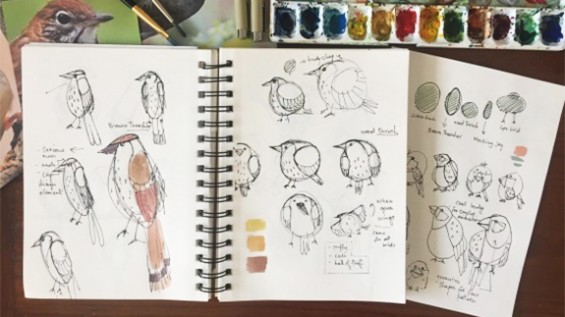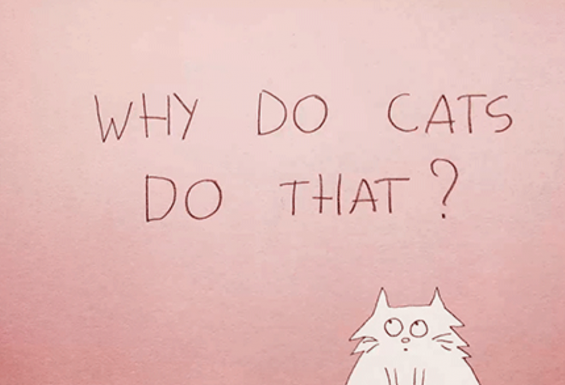
Why do cats act so weird? (in TED-Ed GIFs)

They’re cute, they’re lovable, and judging by the 26 billion views on over 2 million YouTube videos of them pouncing, bouncing, climbing, cramming, stalking, clawing, chattering and purring; one thing is certain: cats are very entertaining. But their strange feline behaviors, both amusing and baffling, leave many of us asking: Why do cats do that? Below, Tony Buffington provides 10 reasons for some of your cat’s strangest behaviors:
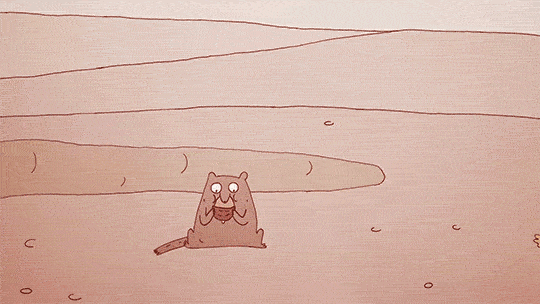
1. Throughout time, cats were simultaneously solitary predators of smaller animals and prey for larger carnivores. As predators, they hunted and killed to eat. As prey, they hid and escaped to survive.

2. Cats today retain many of the same instincts that allowed them to thrive in the wild for millions of years. These instincts are behind some of their weirdest behaviors.
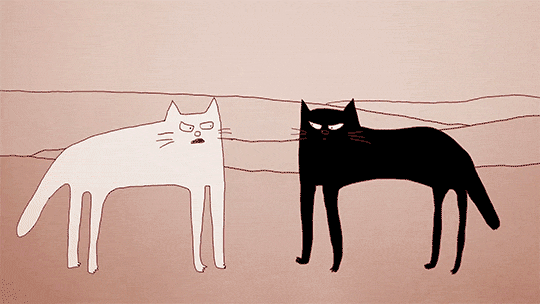
3. In the wild, cats needed sharp claws for climbing, hunting and self-defense.
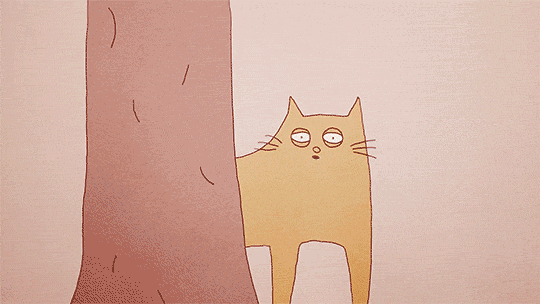
4. Sharpening their claws on nearby surfaces kept them conditioned and ready, helped stretch their back and leg muscles, and relieved some stress too.

5. So, it’s not that your house cat hates your couch, chair, ottoman, pillows, curtains and everything thing else you put in her environment. She’s ripping these things to shreds and keeping her claws in tip top shape because this is exactly what her ancestors did in order to survive.
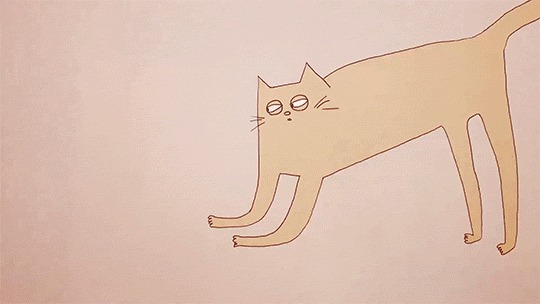
6. As predators, cats are opportunistic and hunt whenever prey is available. Since most cat prey are small, cats in the wild needed to eat many times each day, and use a ‘stalk, pounce, kill, eat strategy’ to stay fed.
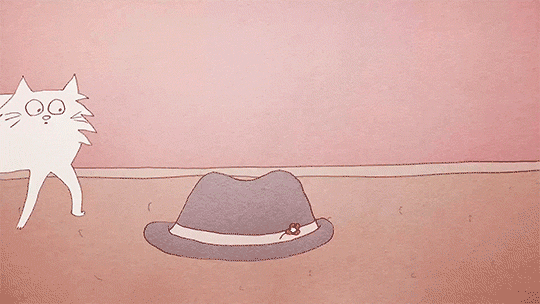
7. This is why your house cat prefers to chase and pounce on little toys and eat small meals over the course of the day and night.

8. In the wild, small prey tend to hide in tiny spaces in their natural environments. So one explanation for your cat’s propensity to reach into containers and openings is that she is compelled by the same curiosity that helped ensure the continuation of her species for millions of years before.

9. As animals that were preyed upon, cats evolved to “not get caught” and in the wild, the cats that were the best at avoiding predators thrived. It also explains why she prefers a clean and odor free litter box: that’s less likely to give away her location to any predators that may be sniffing around nearby.

10. Your house cat doesn’t need these particular skills to find and hunt down dinner in her food bowl today. But instinctually, viewing the living room from the top of the bookcase, is exactly what she has evolved to do.

To cats, our homes are their jungles. But if this is the case, in our own cat’s eyes, who are we? Big, dumb, hairless cats competing with them for resources? Terribly stupid predators they’re able to outsmart everyday? Or maybe they think we’re the prey?
Watch the full TED-Ed Lesson: Why do cats act so weird?
Animation by Chintis Lundgren/TED-Ed
To learn something new every week, sign up for the TED-Ed Newsletter here >>


